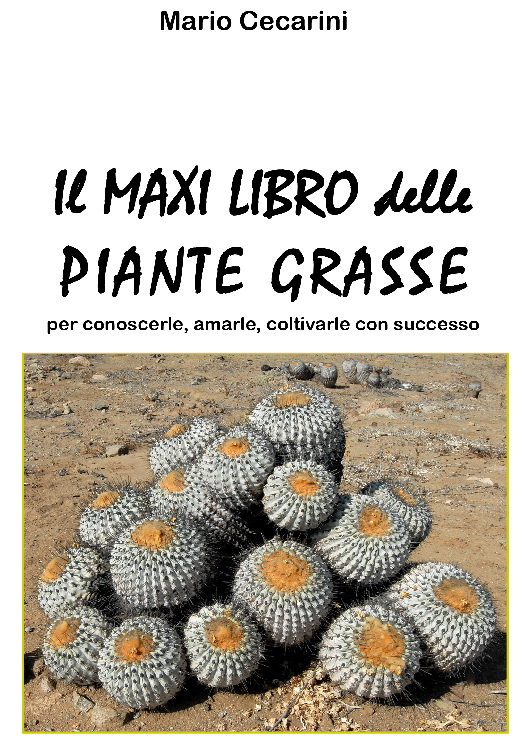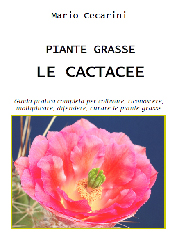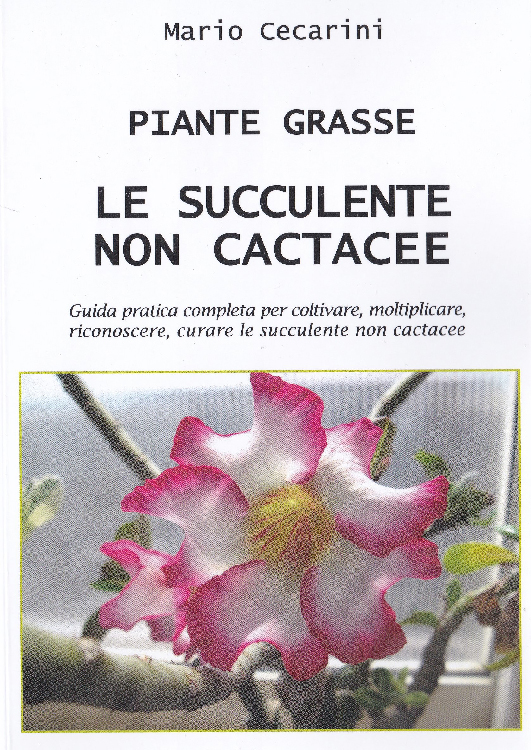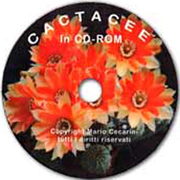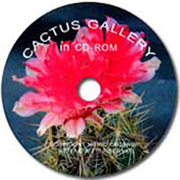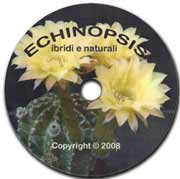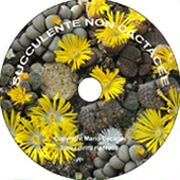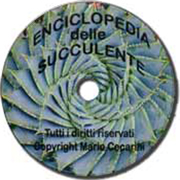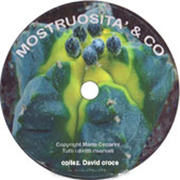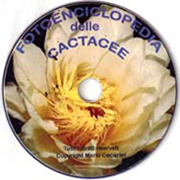Habitat: the family is distributed across warm temperate, subtropical and tropical areas occurring in Central and Austral Africa, Madagascar, the Canary Islands, Ethiopia, Zambia, with a few species growing also in Asia, America and Europe.
Description: the plants belonging to this family, commonly known as spurges, are dicotyledonous, either dioecious or monoecious, most of them adapted to arid climates. There are approximately 300 genera and one thousand species, succulent or semi-succulent; they can be spiny and look like cacti but are distinguished by the lack of areoles. They come in various forms, from herbaceous plants (annual or perennial) to shrubs and even trees; all spurges contain an irritant, often poisonous, latex. It’s advisable to handle certain plants with gloves and goggles to prevent the latex from coming into contact with wounded skin, eyes or mucous membranes. The leaves, when present, are simple, often sessile, caducous or persistent; special outgrowths called stipules arise at the base of the leaf stalk and often develop into spines or gland-like structures. The flowers are monosexual, inconspicuous and are gathered in umbrella-like inflorescences (cyathium), usually surrounded by showy bracts. The cyathia may bear flowers of one sex only or of both sexes. The fruit is a capsule formed by three united carpels, each containing one oily seed. Once ripe the latter is thrown to a considerable distance from the parent plant by the exploding carpel (elastic dehiscence). Those found in Africa resemble cacti. The family is usually divided into two subfamilies: EUPHORBIOIDEAE and CROTONOIDEAE.
Soil: plants belongin to different groups or genera require different substrates. As a rule, the soil should be light, permeable, sandy and contain some organic matter.
Location: full sun; choose a bright site for plants overwintered indoors. They need plenty of ventilation during the growing period.
Temperature: minimum temperature of 8°C (46°F) for subtropical species, between 12 and 16°C (54-61°F) for tropical ones.
Water: winter-growing species need a certain amount of water during the cold months, depending on the temperature at which they are kept. Generally speaking, plants with a succulent stem require little water during the summer while leafy species need more.
Cultivation tips: growth may occur during the warm months or in the wintertime (austral genera); the latter need regular watering in this season. Feed plants while growing once a month following the same rules that apply for cacti (high phosphorus/potassium and low nitrogen fertilizer). The collar region is rather delicate; they are generally susceptible to infections and resent high humidity. Some are damaged by low temperatures. They may be raised from seed or grafted (apical-wedge grafting). Cuttings may be rooted in the spring or summer; after cutting the stem portion let the latex drain off well or help cicatrization by immersing the bottom in hot water (60°C/140°F). After this leave it to dry out for six to eight weeks, then plant in a mix of peat and sand enclosed in a plastic sachet to keep evenly moist. Pot up next spring.
Main genera of Euphorbiaceae: Euphorbia, Jatropha, Monadenium, Pedilanthus, Synadenium.




